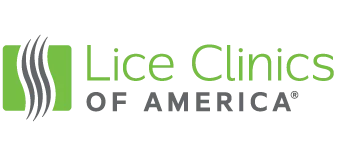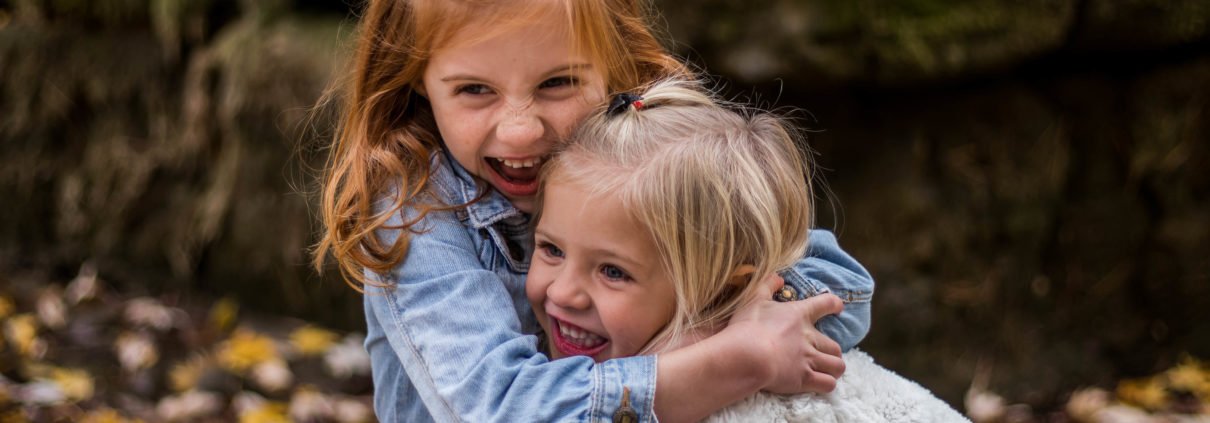How Did My Child Get Head Lice?
Head lice are a growing problem in the United States. Many parents confronted with an infestation have never dealt with head lice because they never had lice as children. But as many as 12 million children between the ages of 3 and 11 get head lice each year in the United States, according to the Centers for Disease Control and Prevention. That number is rising, as the most popular over-the-counter lice medications are no longer effective. Approximately 98 percent of lice in 42 U.S. states have a genetic mutation that makes them immune to the chemicals used in lice shampoos.
As a result, when a child comes home from school or camp with head lice, parents are often flummoxed. What? How? What do we do?
While they may seem sinister and scary, head lice are a common problem. If your child has head lice, he or she got it from another person. Lice spread primarily by head-to-head contact. Lice don’t fly or jump. They won’t even venture very far from the scalp unless another scalp is close by. They cannot survive on any other host besides humans. Lice tend to afflict children and spread among them because children tend to have closer physical contact than adults do.
So how did your child get lice from one of his or her friends? A close hug, a selfie, or a sleepover with their heads next to one another are all opportunities for lice to move from one head to another. Though, more rarely, lice can also spread through a shared hairbrush, hat, or scarf. Lice can’t live long off a human body—about a day or so.
The important thing to know about head lice is that you and/or your child didn’t do anything wrong to cause the infestation. It has been proven time and again that there is no correlation between head lice and hygiene. In fact, some studies show that the opposite is true—lice actually prefer and prosper on clean hair and a clean scalp because they are able to grip clean hair and move more easily.
It can be helpful to think of lice like any other minor contagious condition—like the common cold. Children get colds from other children most of the time. It is no one’s fault—just bad luck.
The good news is that getting rid of head lice has gotten much easier in recent years—even easier than getting rid of a cold. Lice Clinics of America offers treatment using an FDA-cleared medical device, the AirAllé, which is clinically proven to kill live lice and more than 99 percent of eggs. The entire treatment takes about an hour, and results are guaranteed.
The AirAllé device uses carefully controlled warm air to dehydrate lice and eggs. Most drugstore lice products use pesticides, which is what lice have become immune to, but the AirAllé treatment uses no pesticides—the treatment process is also fast, safe, clean, and very effective. With more than 170 clinics in the United States and more than 120 clinics in 33 other countries, Lice Clinics of America is the largest network of professional lice treatment centers in the world. More than 300,000 treatments have been delivered with a better than 99 percent success rate
If your child has lice, don’t panic. You didn’t do anything wrong, and treating head lice is about as easy as getting a haircut! To learn more contact us today.






